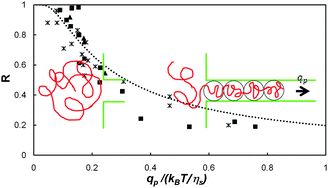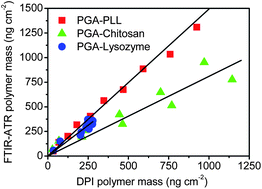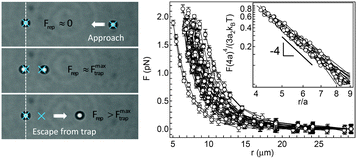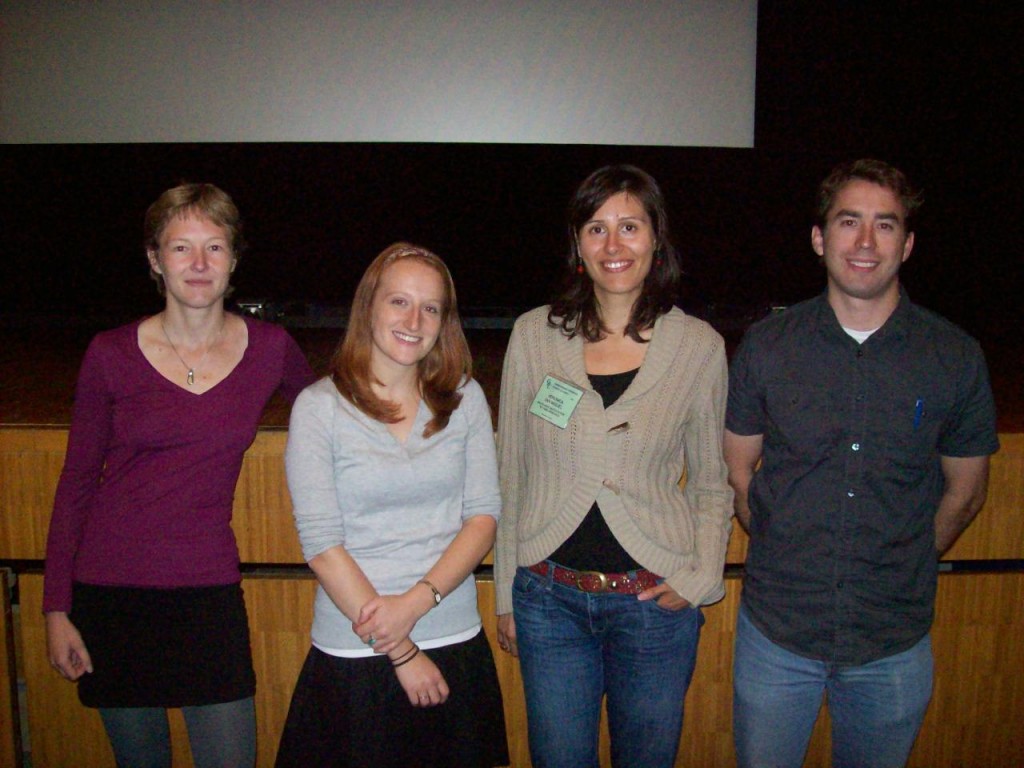We are delighted to announce a high-profile themed issue on the Dynamics and Rheology of Fluid Interfaces to be published in 2011. Professor Gerald Fuller (Stanford University, USA) and Professor Jan Vermant (K.U. Leuven, Belgium) are the Guest Editors and it is our pleasure to invite you to submit to this themed issue.
Now in its sixth year of publication, Soft Matter has quickly been established as the platform where biologists, colloid scientists, physicists, polymer scientists, chemical engineers, chemists, and materials scientists can present work for interdisciplinary inspiration. We have published several themed issues on other important emerging topics in recent years, and it now seems particularly timely to publish a focused set of articles covering the Dynamics and Rheology of Fluid Interfaces. The key aim is to highlight the most important areas and directions in this field within a high quality and high impact issue.
The deadline for the receipt of manuscripts for this themed issue is 15th February 2011.
Submissions, either communications or full papers, should be high-quality manuscripts of original, unpublished research, containing important new insight. All submissions will be subject to rigorous peer review to meet the usual high standards of Soft Matter. Accepted manuscripts will be shown to the Guest Editors to ensure they are suitable for the scope of the theme issue.
Manuscripts can be submitted using our online submission service. Please state in your covering letter that your article was submitted in response to the Call for Papers for the themed issue on the Dynamics and Rheology of Fluid Interfaces.


















